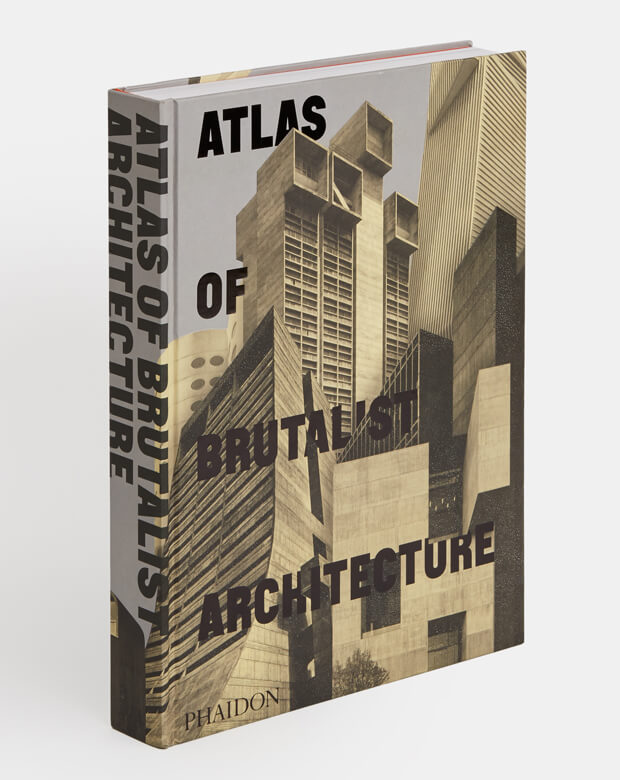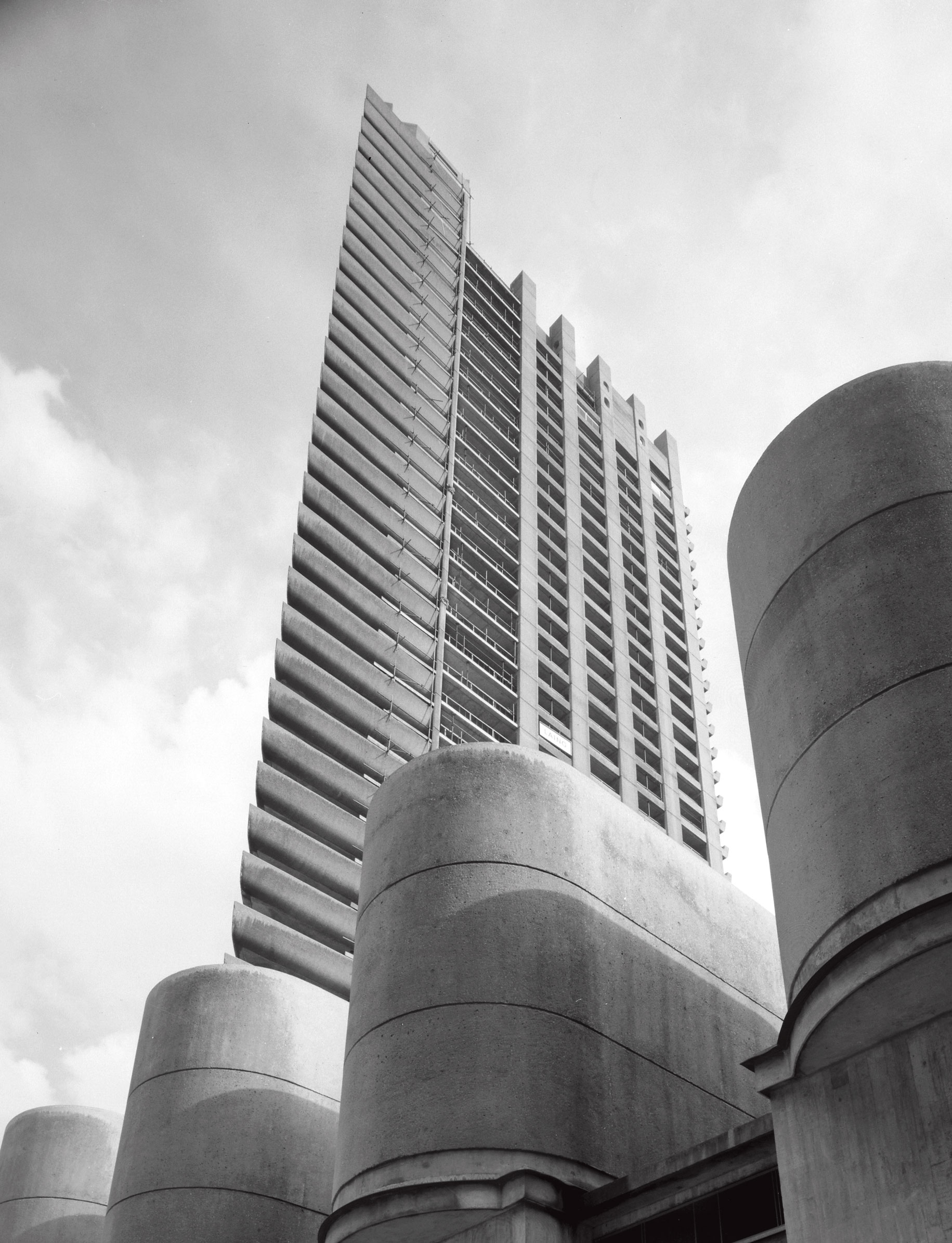
5 things we learned on the Brutal Bus tour
Prince Charles called the National Theatre a nuclear power station, The Royal College of Physicians is based on the human body and only 50 people lived in the Barbican when the Barbican was built (none of them architects!)
Our new Atlas of Brutalist Architecture takes in over 100 countries and features the work of nearly 800 architects. On Monday we celebrated its publication by taking a group of VIPs on a brief bus tour of brutal buildings in London.
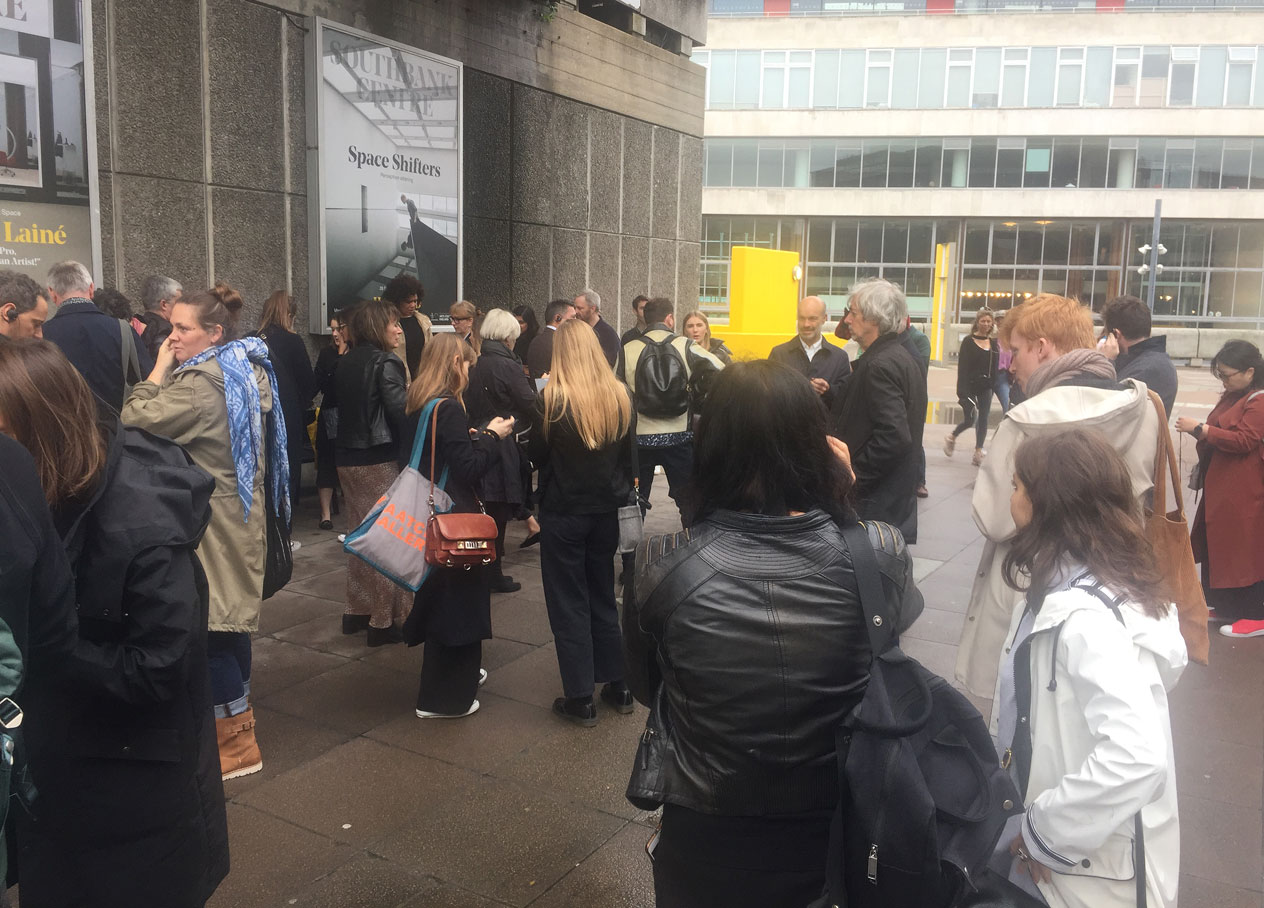
We brought along architectural historian (and self-confessed professional Londoner) Joe Kerr to provide a commentary as the vintage Routemaster bus we'd hired for the occasion made its way through the afternoon traffic. Here are five things we learned on the way. Starting off at our departure point - the South Bank and ending up at the UK's most famous brutal building complex, The Barbican.
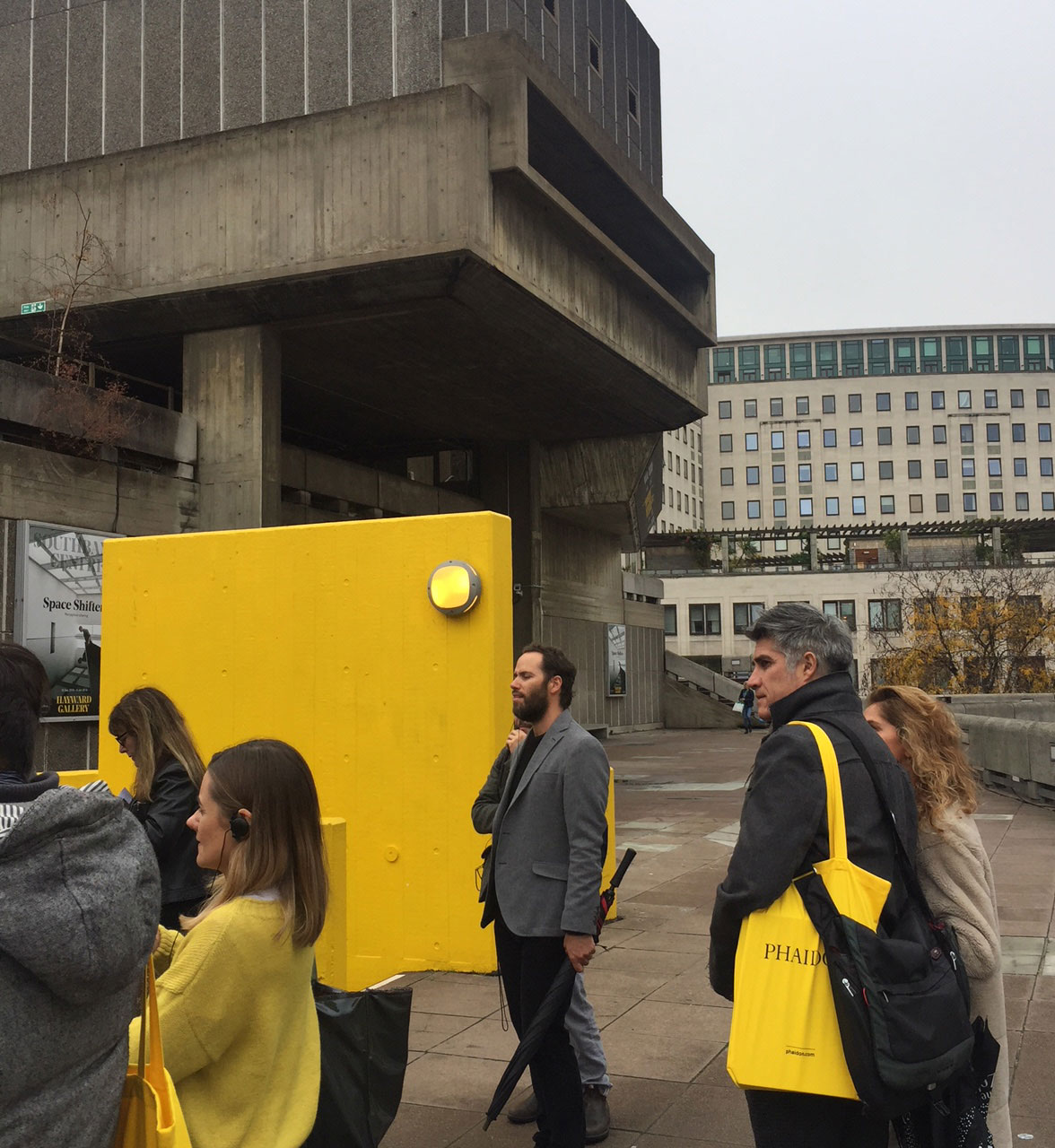
The Hayward Gallery In 1968, the year the Hayward opened, a Daily Mail poll voted it the ugliest building in Britain. It’s neighbour, The National Theatre didn’t fare much better on its completion. Prince Charles called it “a clever way of building a nuclear power station in the middle of London without anyone objecting." Ouch.
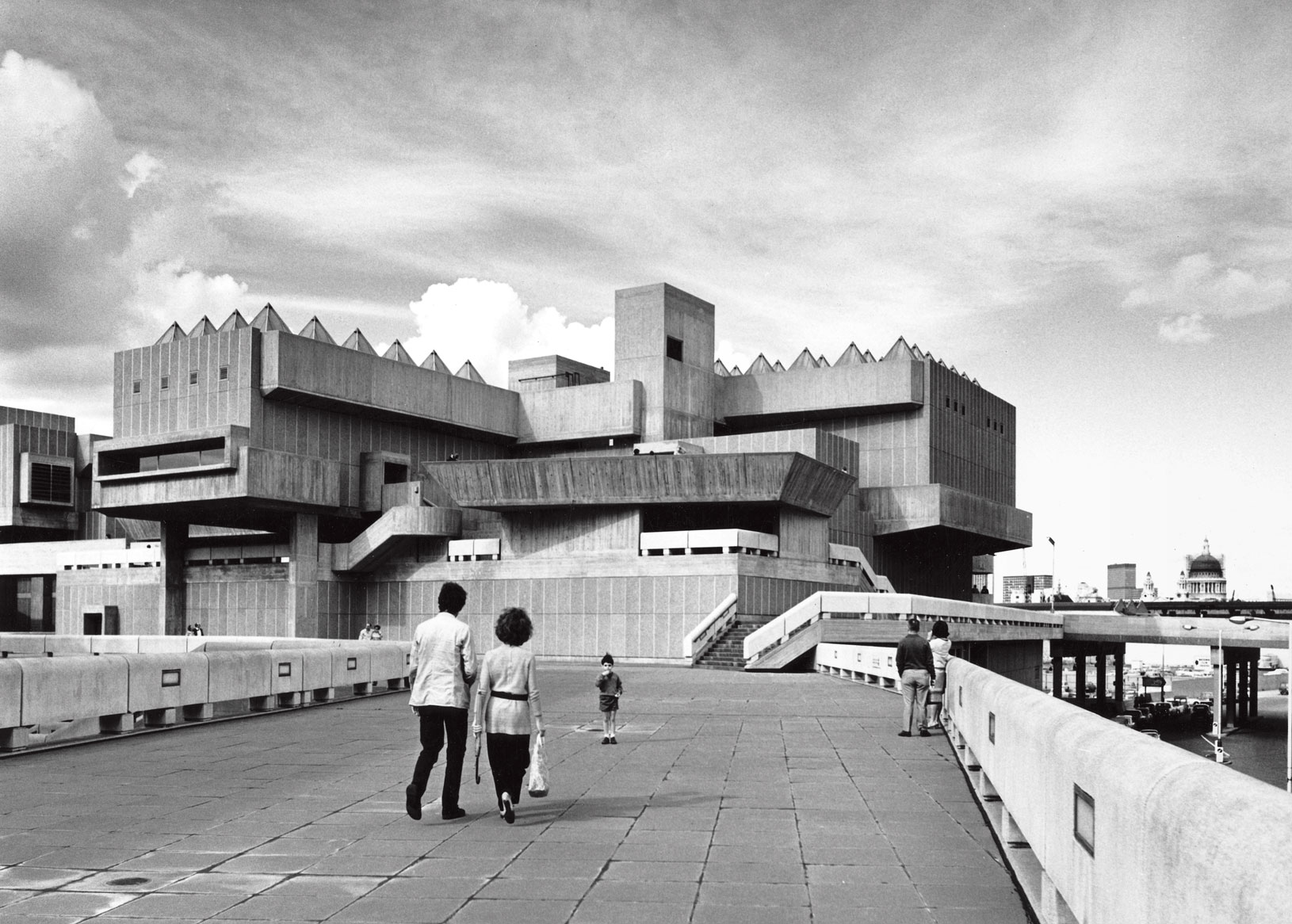
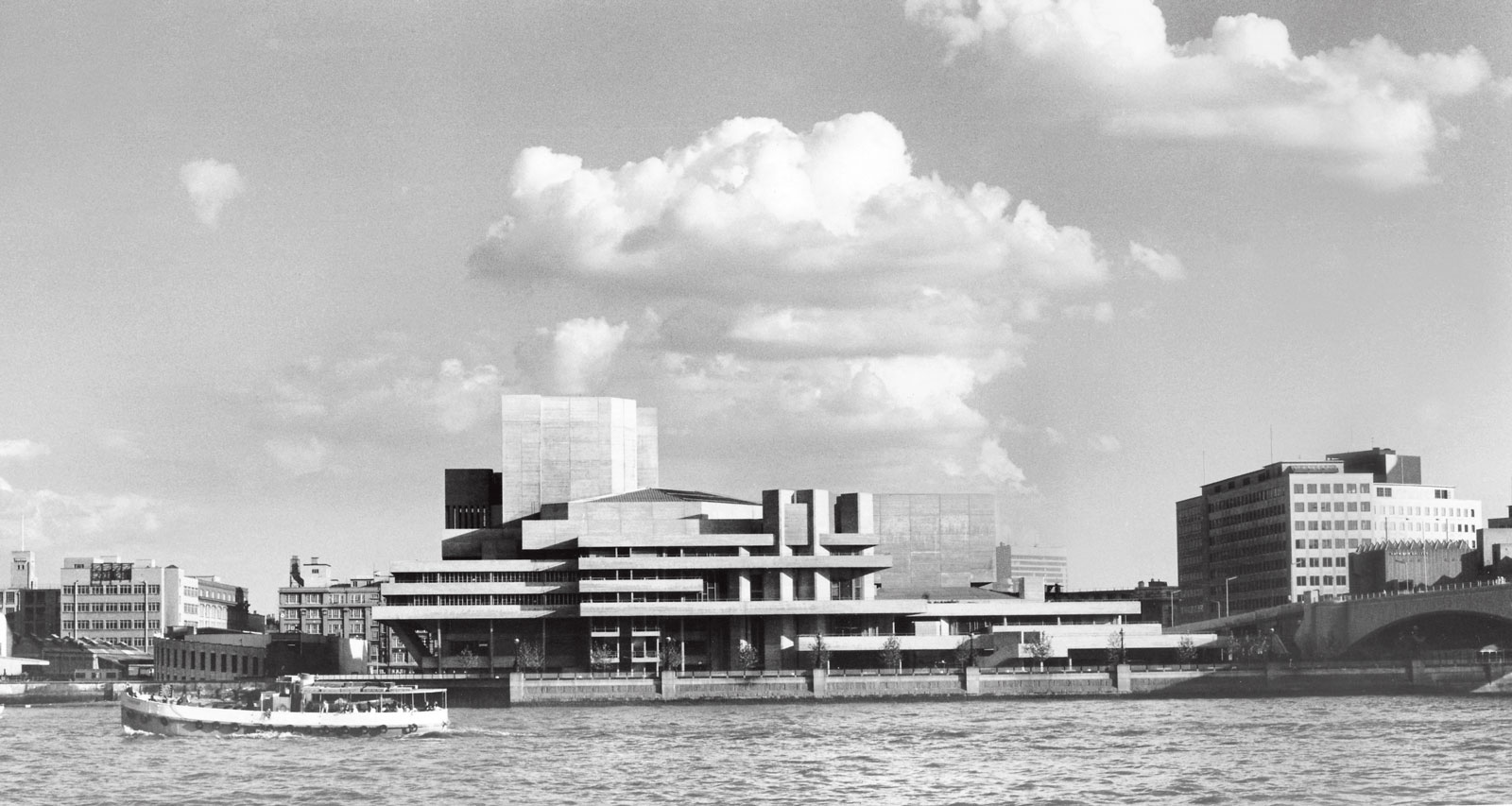
The Royal College of Physicians This Denys Lasdun building uses all the analogies of the human body. So it has spaces that represent the brain, the heart and the body’s circulation system. The exterior looks like smooth concrete from afar but when you’re up close you realise it’s covered in thousands of mosaic tiles. It’s a modern building that was designed to harmonise with its historic Regency neighbours without pastiche, and was one of the very few post war buildings in London to be listed grade one, meaning that no aspect of it can be changed.
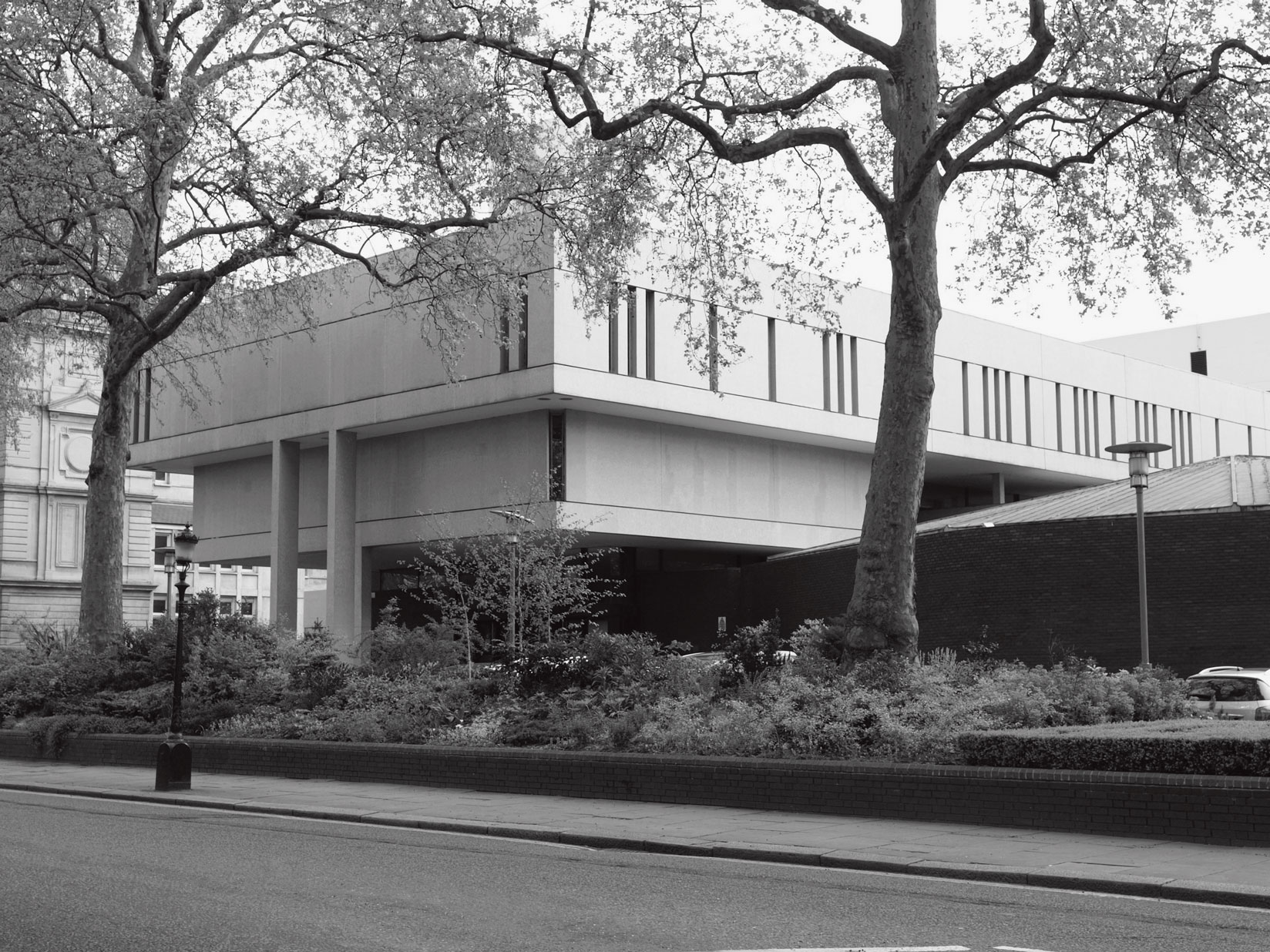
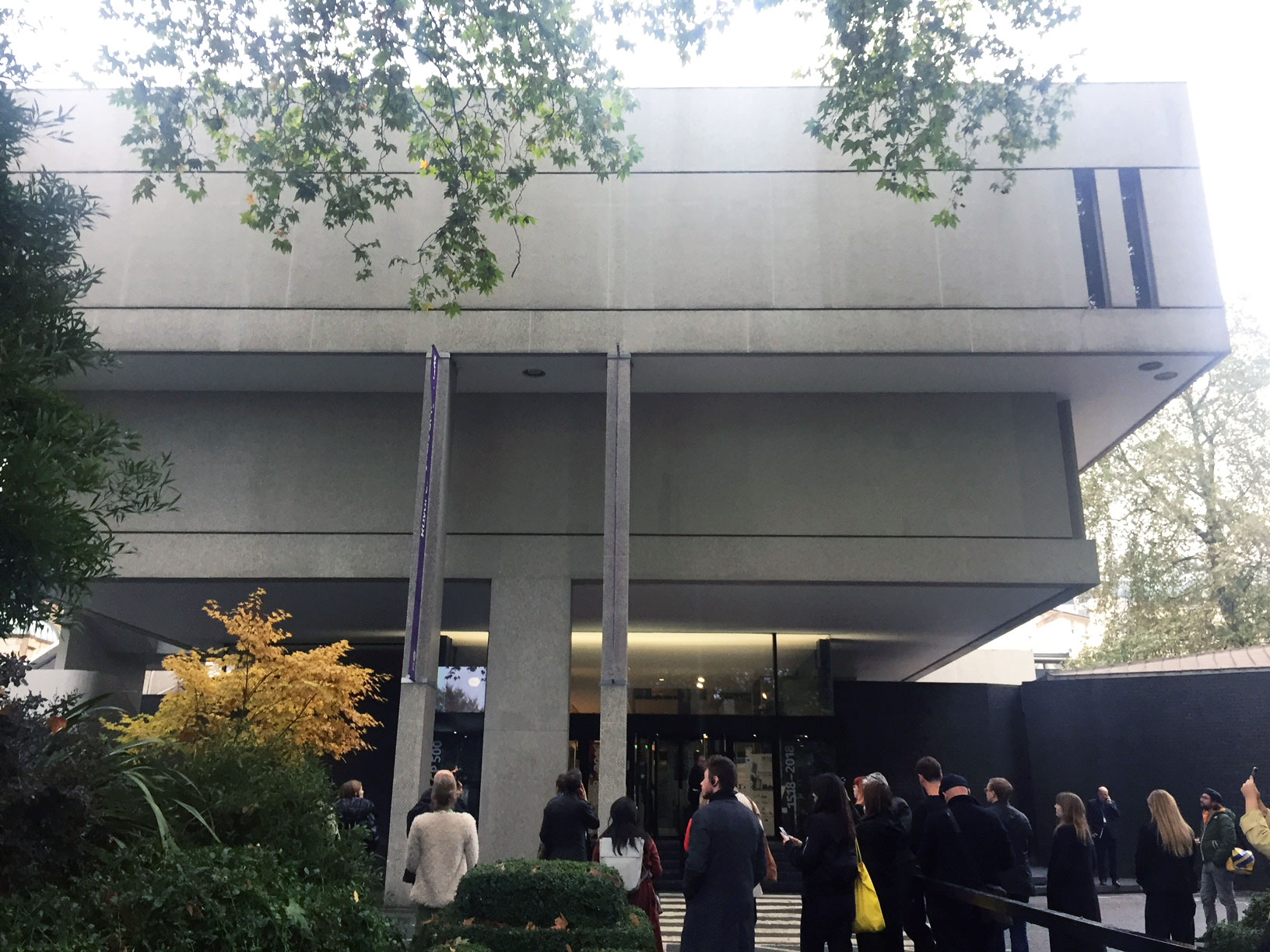
The Space House, Kingsway The outer concrete grid of this George Marsh-designed building allowed it to be constructed without scaffolding. The dramatic pattern on the outside substituted perfectly well. The cylindrical shape was chosen in order not to block the light of the buildings in the surrounding streets.The building had its name long before the Civil Aviation Authority moved in in the mid-1970s.
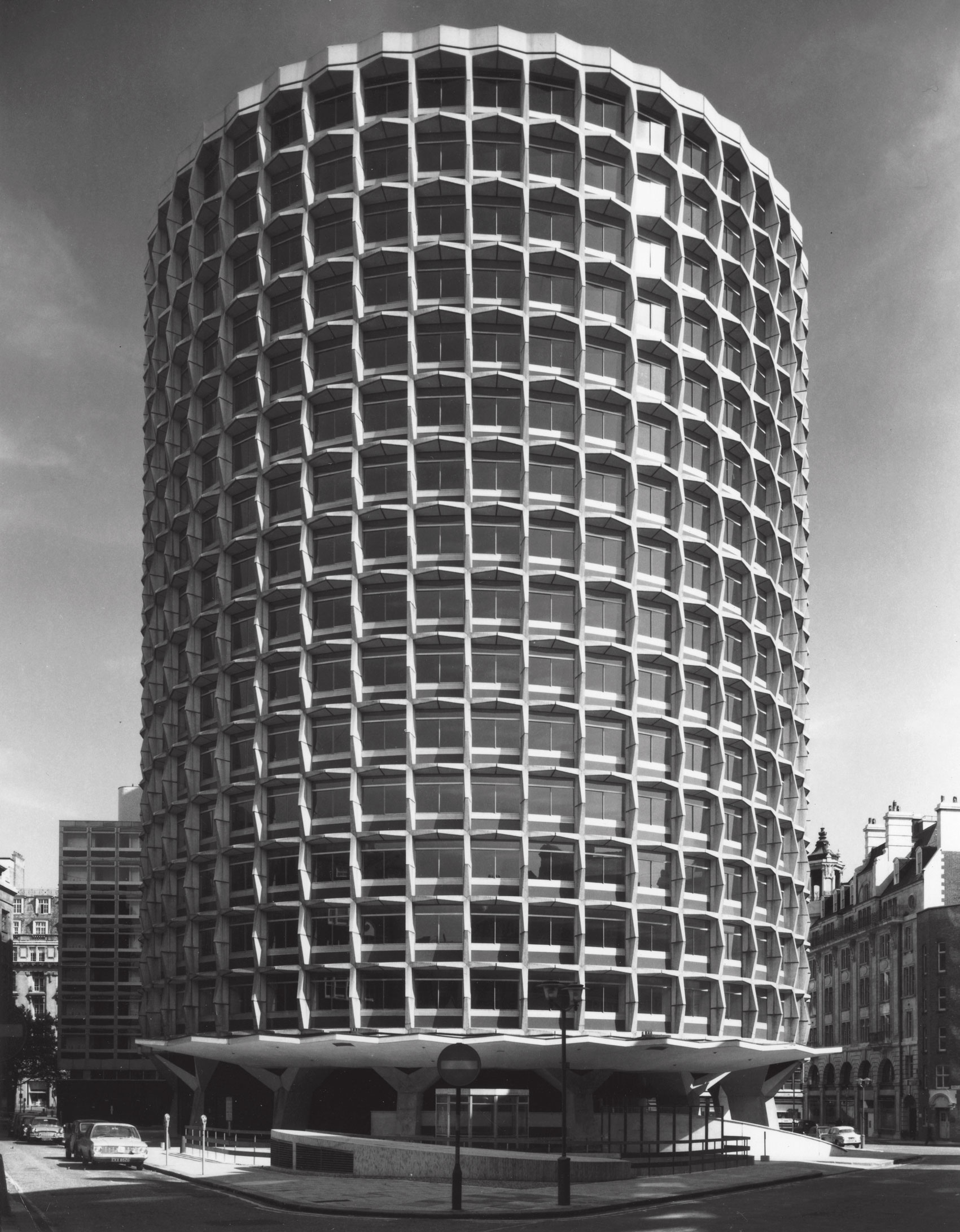
The Brunswick Centre Bloomsbury This modular Patrick Hodgkinson building was originally designed to be extended endlessly and therby consume a lot more of neighbouring Bloomsbury than it eventually did. The project ran into financial problems however, and the local council had to take over its completion. Hodgkinson OK'd substantial ground level changes in the Nineties to accomodate new retail in the inner courtyard.
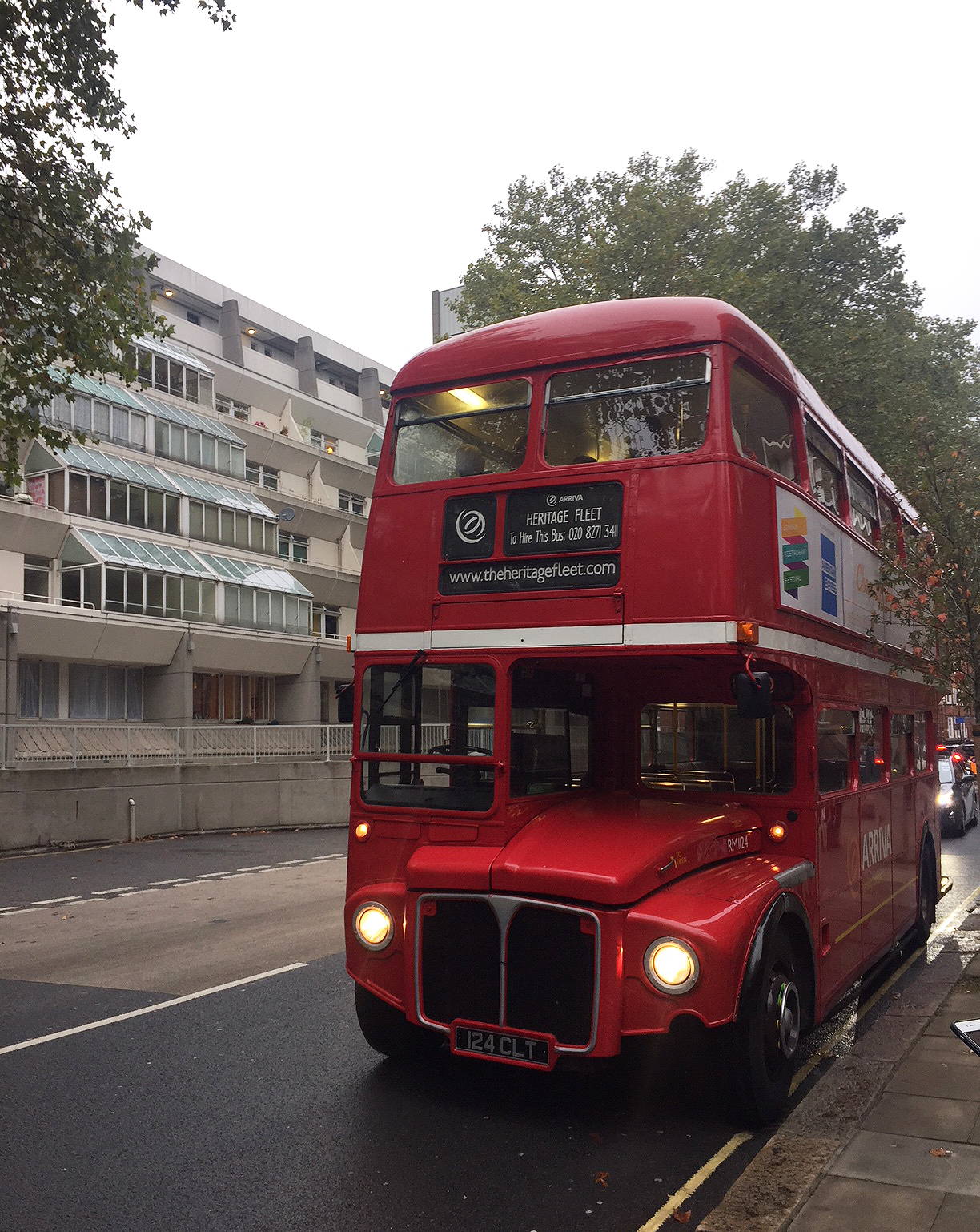
The Barbican (main pic at top) On their completion, the three towers were the tallest residential buildings in Europe at 400 feet high and 42 storeys. The building was designed to bring people back to live in the square mile. Following the war just 50 people lived in the Cripplegate ward. Commenting on its ability to attract creatives to live in its warren of appartments, Kerr joked "throw a stick in the Barbican and you're guaranteed to kill an architect."
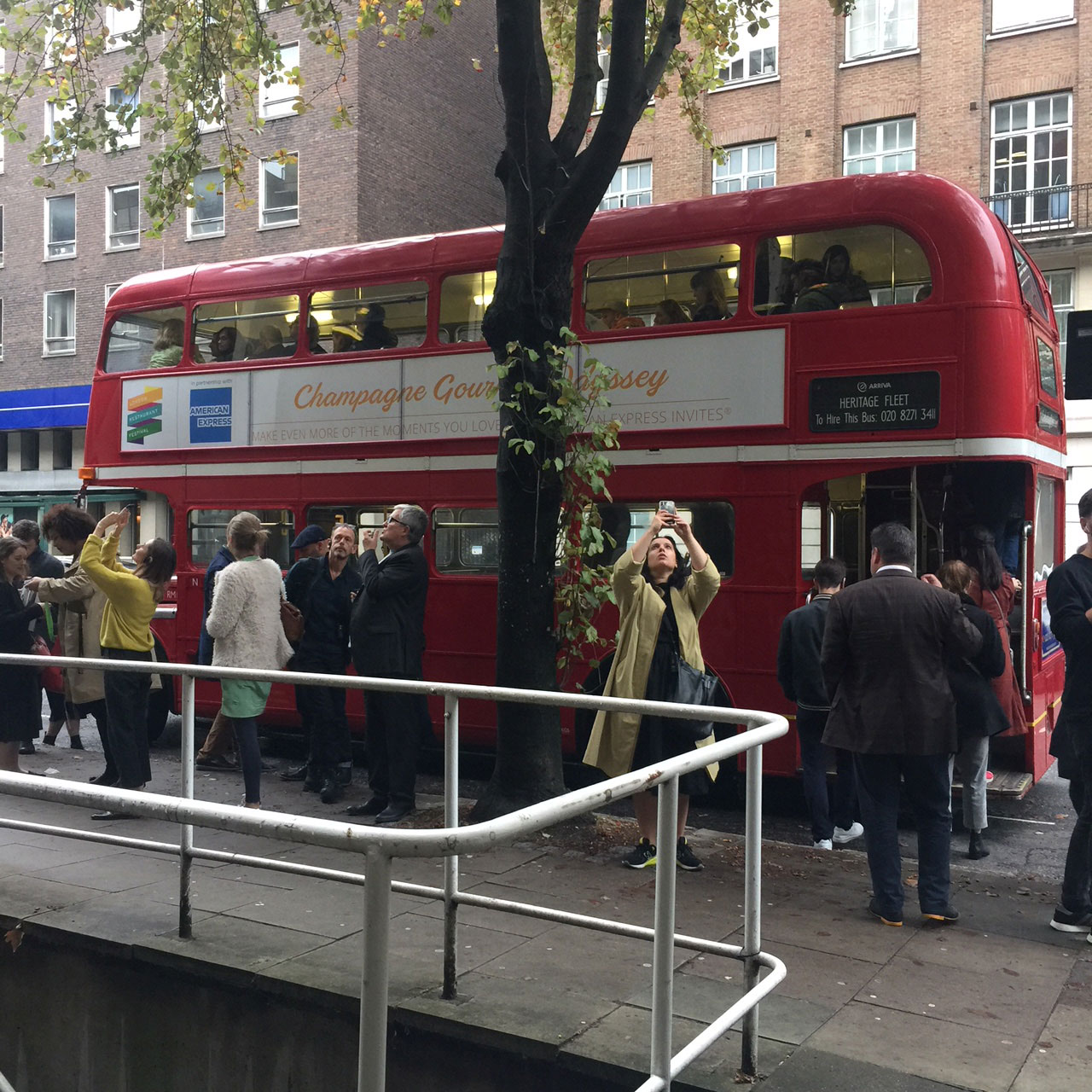
Want to see more? Then order your own copy of our Atlas of Brutalist Architecture, and plan a trip around your own town. Wherever you are.
